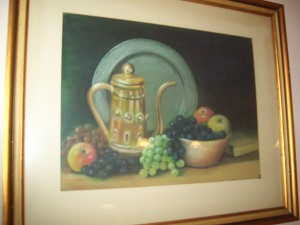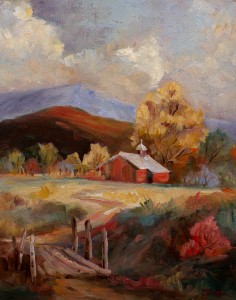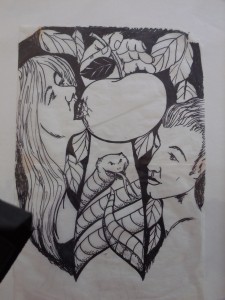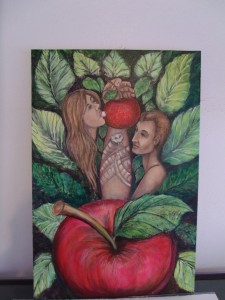
If you eliminate all details and color in your future painting, you can see how the composition is expressed as three value masses — black or darkest, mid-range (gray), and light or white. This works especially well when considering landscape painting.
Although you may paint your shapes with color instead of black and white, stick with the idea of dark colors to light colors for the three value masses. Decide on your major light and dark shapes and don’t deviate from them. If painting your landscape plein air you will not be able to change the shadow shapes as they move with the sun, but if you swiftly define your value shapes in the beginning, you will have reference where the shadow and the light join.

It’s often hard for many artists to think in value masses instead of subjects. Most all paintings have a subject. However, if the subject matter has more emphasis than the overall painting, it will lack excitement by being buried into too much detail. Let your shapes and value ranges carry the subject.
Think of the many beautiful black and white photographs you’ve seen that were taken before the invention of color print. The great photographers of the time were masters at understanding the value of abstract shapes and the use of light. Watch an old black and white movie and you’ll feel the emotion created by camera. Often, I sit in front of the television watching old movies with a camera in hand for the express purpose of capturing the true art of the camera people of the times. My file of photographs have more black and white in them than colored.


A good exercise to help concentrate on interesting value shapes is to paint the entire picture in black, gray, and white. Concentrate on this, you will see interesting shapes that can liven up your artistic fervor, and it soon will become second nature.
Be sure to join ART CENTER INFORMATION’S mailing list. A beautiful art book will be given away to one of our entrants. See the notice above right to join.
